When doing product design, more communication with structural engineers can let us learn a lot about processing and manufacturing and technology knowledge, which is very helpful for us to do design.

Let's share with you some of the knowledge I learned about product chamfering when chatting with structural designers as ID design.
Quality of chamfer
If the chamfer command is used directly in rhino, the generated curve and surface are second-order, which will cause the curvature of the curve or surface to change, and eventually cause the generated surface chamfer to produce slight creases.
Through rhino software experiments, compare second-order and higher-order chamfers:

...
The first time I heard this concept was in a software training institution, I was very confused at that time:
The second-order curve produced by chamfering is obviously tangent to the straight line, so why does it produce creases? Isn't it contrary to the known tangent principle? Is it a problem of production and processing?
In order to understand this problem, I found many physical products to compare. There are indeed some products with obvious creases at the chamfers, especially the surface with relatively smooth surface treatment.
I also asked several structural engineers. In fact, it is the principle of sudden change of curvature mentioned above. The control points of chamfering arc are too few, which leads to excessive smoothness of chamfering line and straight line, thus making the product slightly crease.
Under the experiment, use the curve tool in rhino to study the chamfer treatment of apples, use 4 points to control the chamfer, and achieve the G3 link.
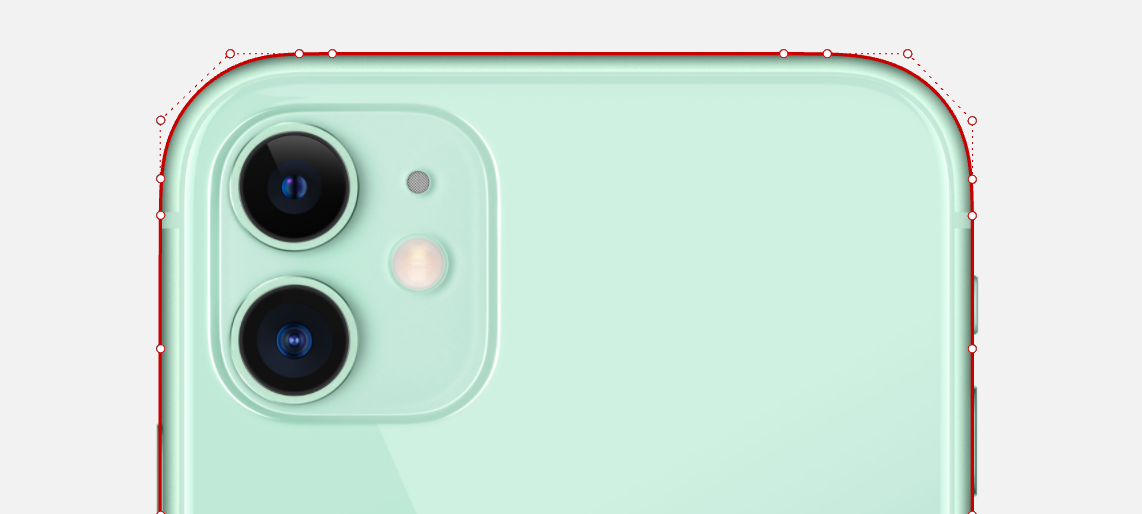
...
So how should we draw higher-order chamfers?
Method 1: Draw directly with 5th order curve
1. Use the chamfering tool to chamfer two straight lines-open the control points-add two more control points at the four chamfers respectively

...
2. Use the 5th order curve to redraw the closed curve according to all control points at one time (pay attention to the curve not to pass the control points on the four vertices)

...
Method 2: Mixed curve connection
Use the chamfering tool to chamfer two straight lines-blast the curve-delete the chamfering arc-perform curve mixing-and finally adjust the control points of the mixing curve until the ideal effect is achieved

...
Method 3: Mixed Surface
Use the chamfering tool to chamfer the surface-blast the surface-delete the chamfered surface-perform surface mixing-finally adjust the mixing value-until the ideal effect is achieved
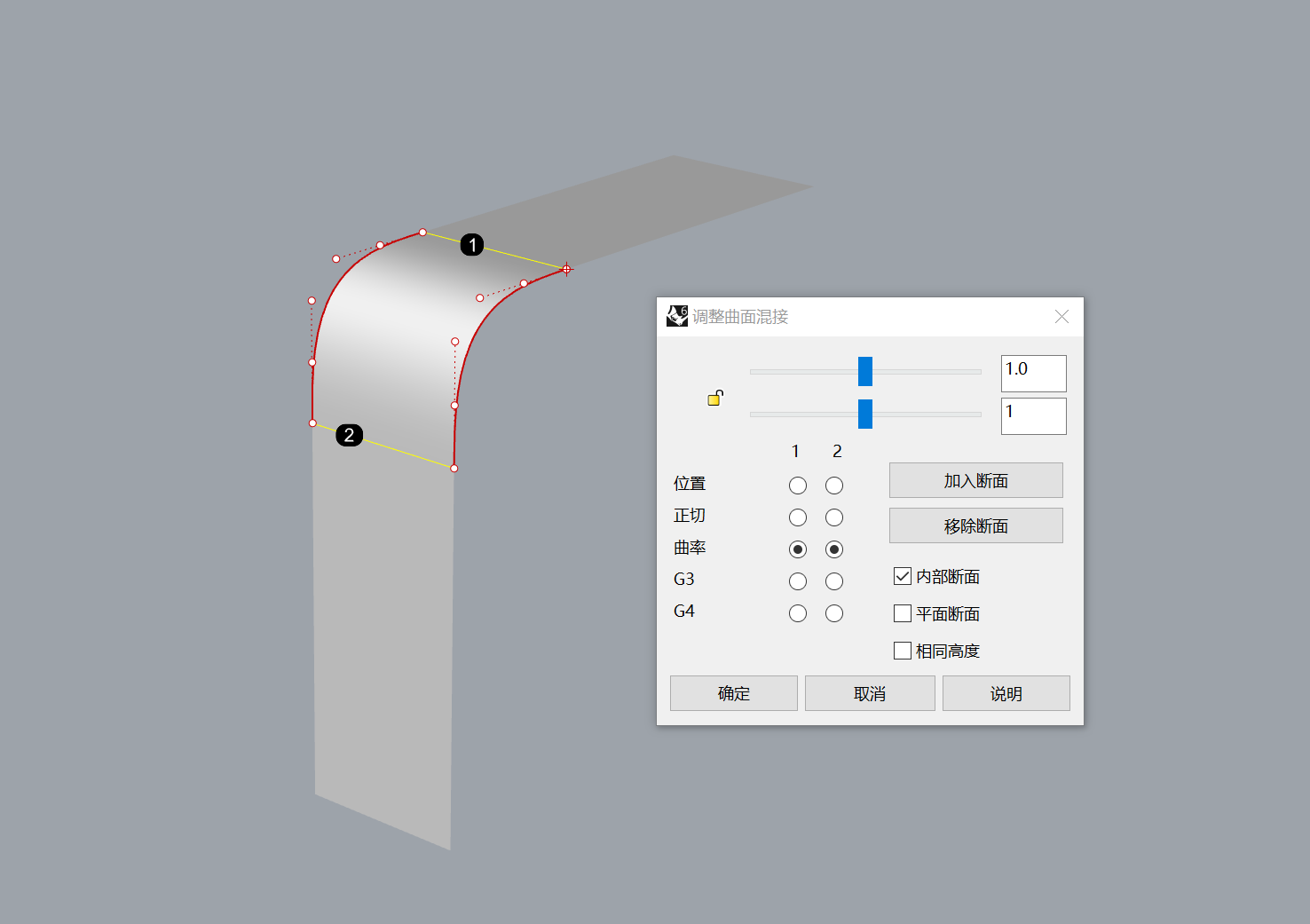
...
Summary:
This concept does not mean that we will no longer use rhino's own chamfering tools, but that we need to use these two methods of chamfering flexibly for different products.
For example, what we do is mobile phones, air purifiers, stereos and other products. The chamfering part is already related to the design quality of the whole product. We need to have higher requirements on ourselves and make every round corner to the extreme. However, if we make a small chamfer for a product in order to prevent the water chestnut from being too sharp, then we can directly use rhino's own chamfering tool.
......
The role of chamfering
Product chamfering can improve the beauty of the product, prevent sharp edge strokes, and achieve the effect of visual thinning of the product. I believe everyone is very clear about these three points.
Chamfering also has an engineering effect: increasing the force on the product.
Let's take an example first: why are most of our common bridges arched instead of being designed in a straight line or concave? Is it purely for beauty?

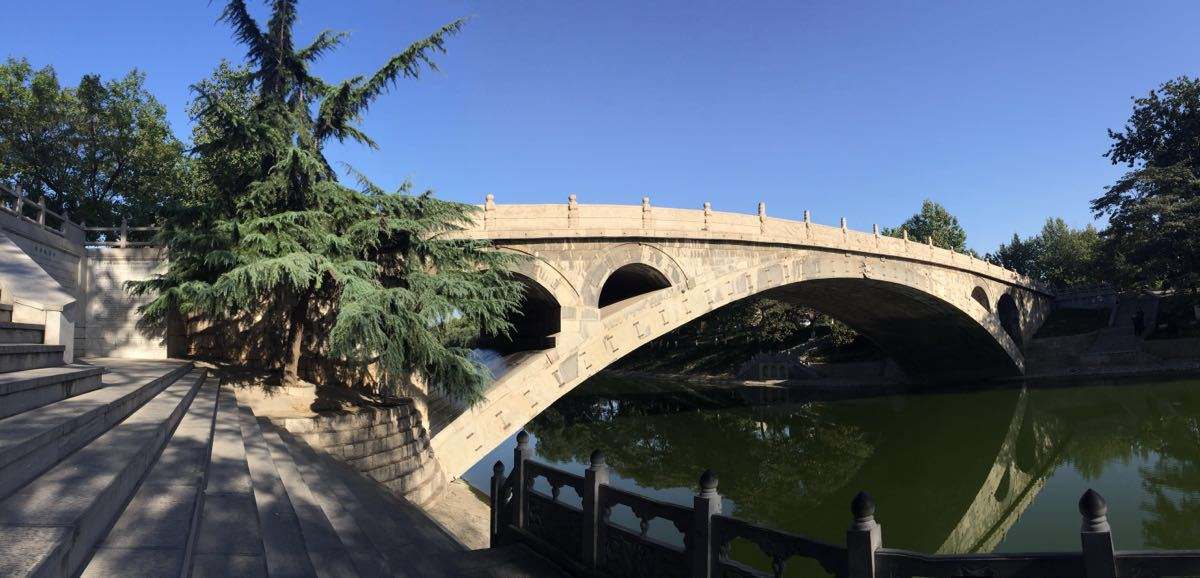
...
But there is a little mechanical consideration for the bridge:
1. Arched bridges can reduce the centripetal force when driving;
2. The arch makes the force on the bridge disperse to the left and right sides, reducing the force of single point concentration.
The arc chamfer in the product can also disperse the force, thus improving the overall force of the product.
For example:
Hanger
The vertical downward force on the left and right sides of the hanger is dispersed through the rounded corners, so that the hanger can withstand greater force
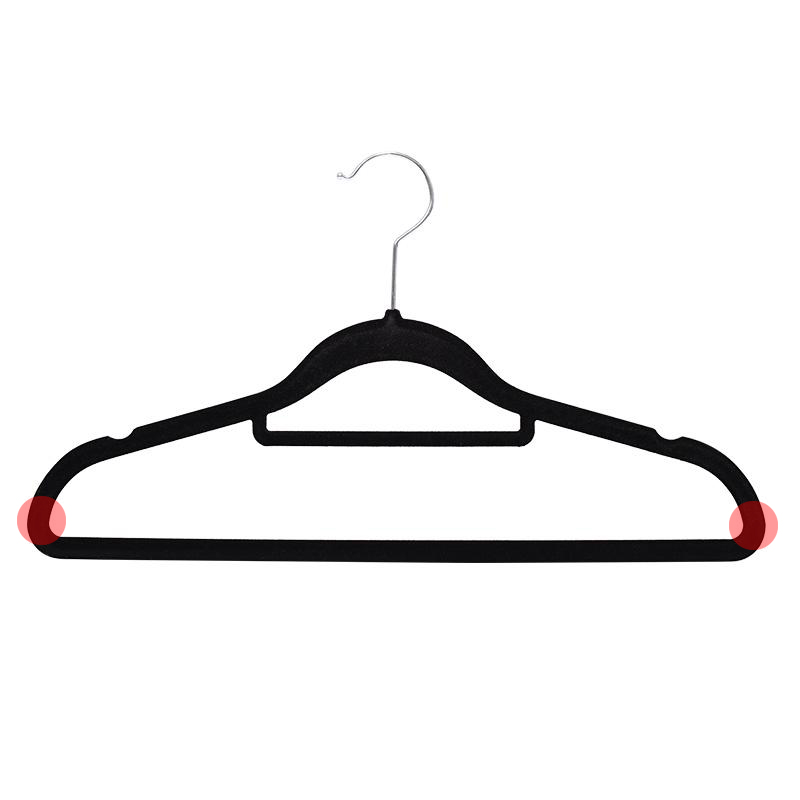
...
Headlamp
The left and right and above the ring-shaped parts are designed to withstand greater lateral tension through the internal rounded corners.
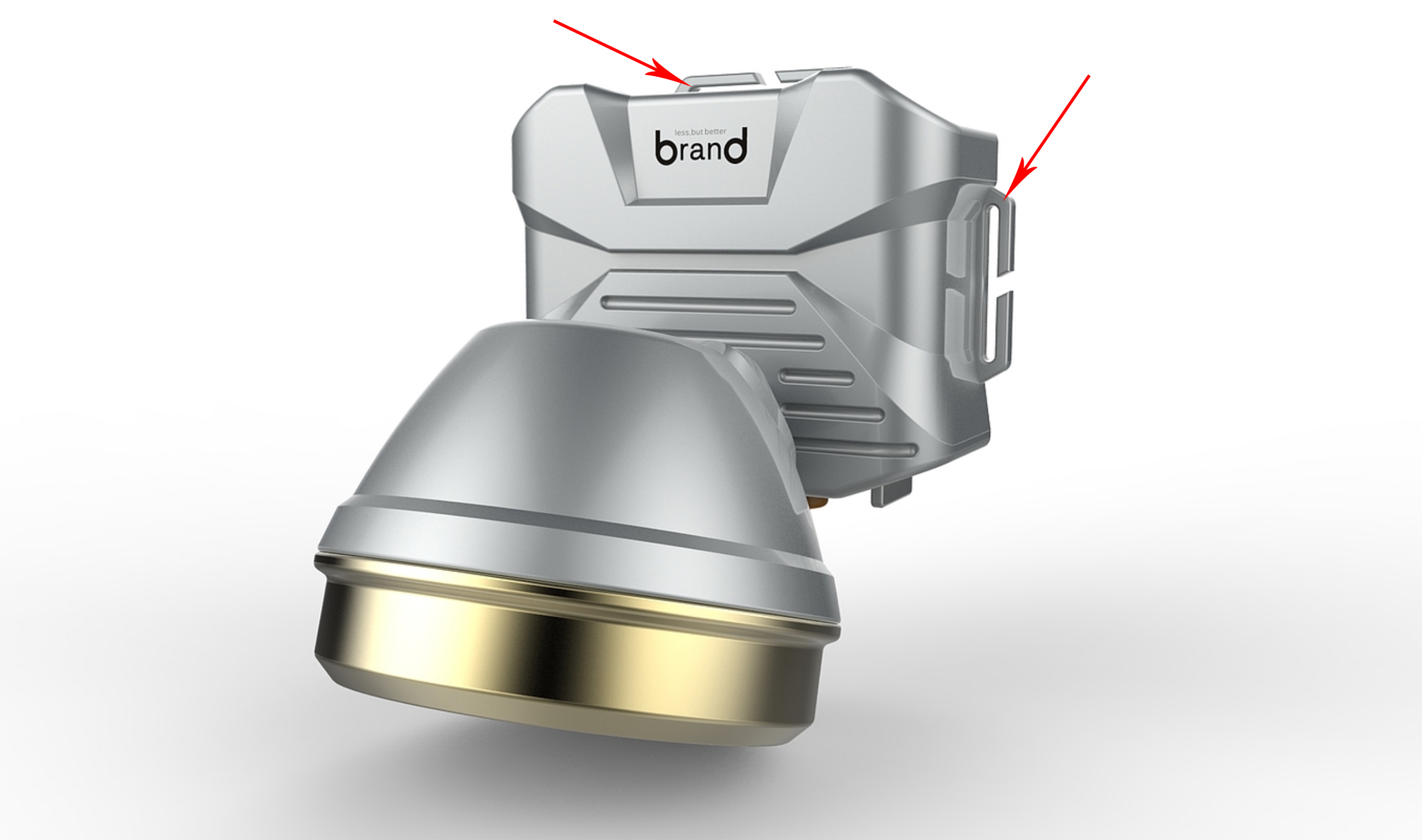
...
Summary
1. Pay more attention to details in product design. Sometimes a small chamfer can also affect the quality and beauty of the overall product;
2. Second-order chamfers are prone to creases in products, so it is recommended to use higher-order curves for larger chamfers in products to make products more refined;
3. product chamfering function: improve the beauty of the product, prevent sharp edge strokes, reduce the visual thickness of the product, and increase the stress of the product;
4. It is suggested that everyone should talk more with structural designers and electronic engineers and learn a lot, so that our thinking in designing products will be more open and we can think about design in multiple dimensions.
All right, that's all. Party A's father will let me use Rhino to change the rounded corner size and directly take these reasons back.

The copyright of this work belongs to 小龙设计铺. No use is allowed without explicit permission from owner.

New user?Create an account
Log In Reset your password.
Account existed?Log In
Read and agree to the User Agreement Terms of Use.

Please enter your email to reset your password
Yang Design You Should Learn Well
Since reading this article, Yang's design has become amazing.
OK
It seems that this will not happen to other industrial software, ug. CATIA
I saw the chamfering problem known in Yunshang rhinoceros class
You can also try right-clicking on the chamfer icon. The inverted corner is also G2
I don't know a lot about the structure, so I'll pull out the shell and make the structure for him.
The engineer will hang me. how big is the chamfer? why is it not a perfect circle? give me the r angle mark
The upmaster shared this problem very well. Recently, I have encountered this kind of problem. When making a hand board, the curvature of the product changed too much, resulting in a trace on the rounded surface and the main surface. Large products can be seen very directly, while small products are difficult to see. At that time, because of this problem, I found a lot of information and read a lot on the Internet before I realized that this was a problem of smoothness of rounded corners. However, I used solidworks. At that time, I found out that the smooth surfaces were G0.G1,G2 and G3. Many teachers in our company do not know
https://www.puxiang.com/galleries/ec7db38d27c91d5ce8bbb8b32e58c8eb我自己之前也有研究了一个犀牛顺滑圆角的绘制方法与套路,看懂UP的分享,于是我自己也上传了个到普像上,UP可以看看,一起讨论讨论哈 ~
Dry goods
Reality: ID is chamfering, making small curved surfaces, and will buckle details crazily...
Export the file to the structural engineer, no matter G0-G1000000 your chamfer is... they will directly make a chamfer about your size .
ID: Do you know what G0 G1 G2 is continuous?
ME: Hen
It seems that there are still more rhinoceros players in the general elephant.
Don't think too simply about apples. Apple is a super-curvature fillet, an arc connected with multiple arcs, not a fillet.